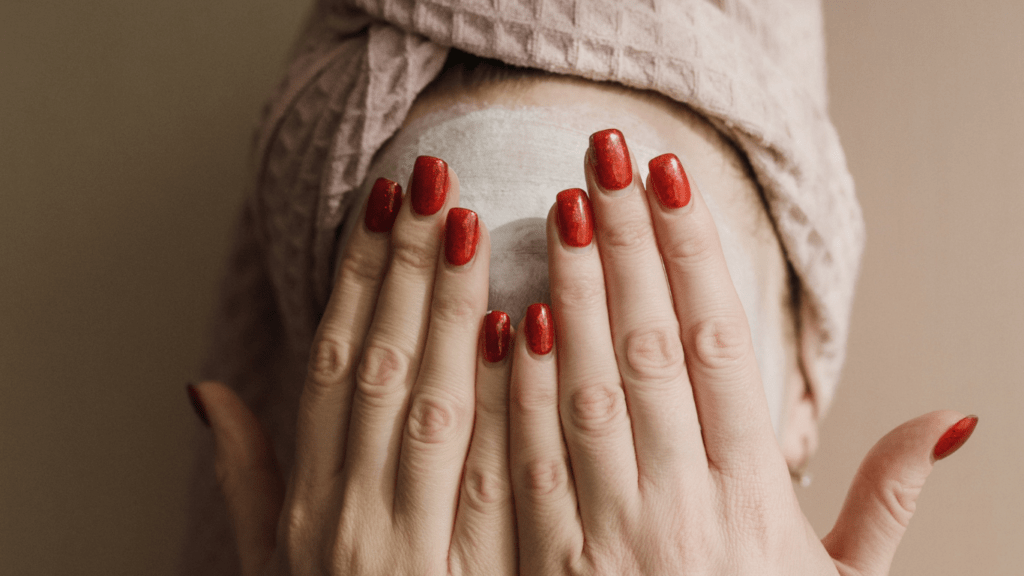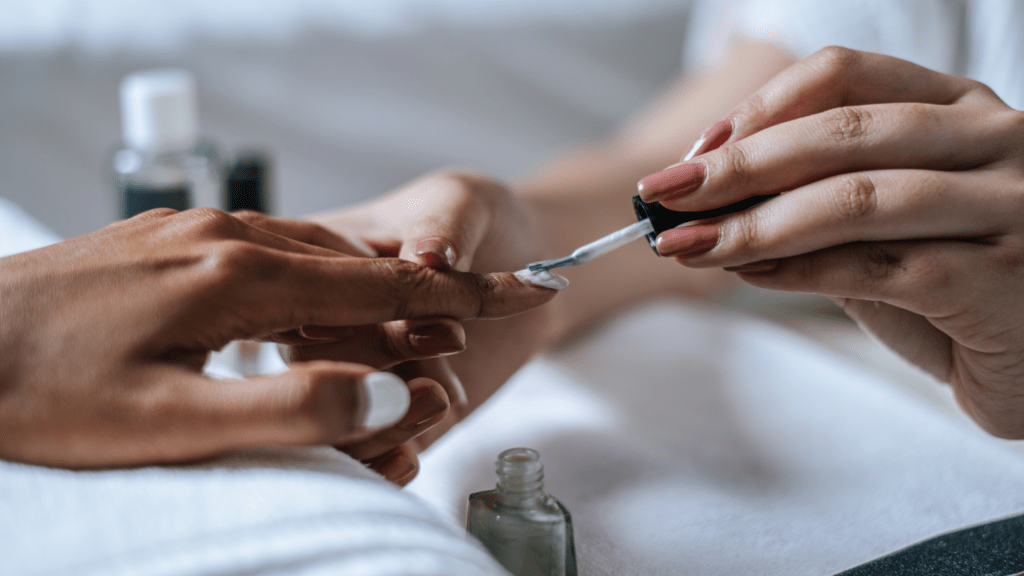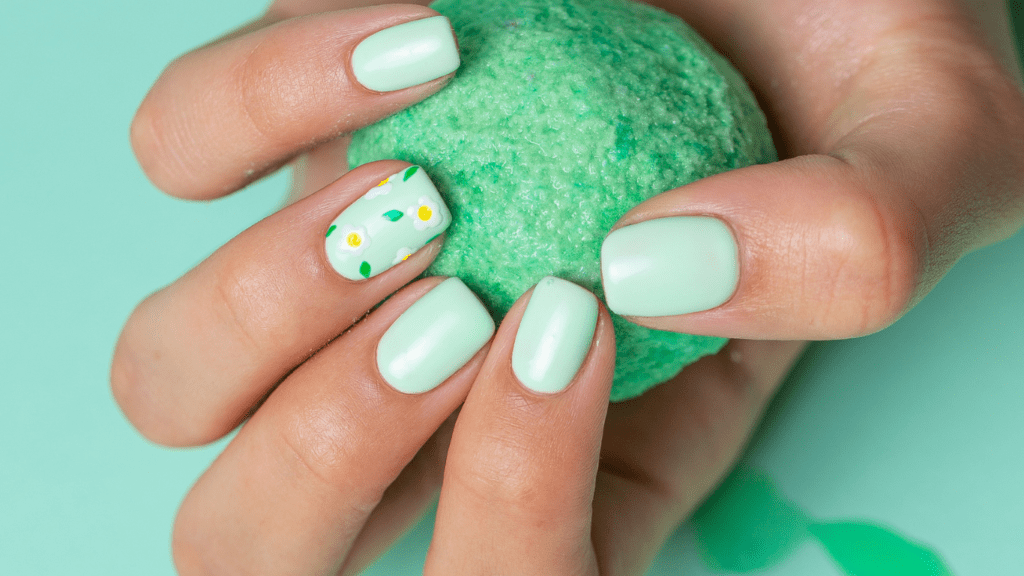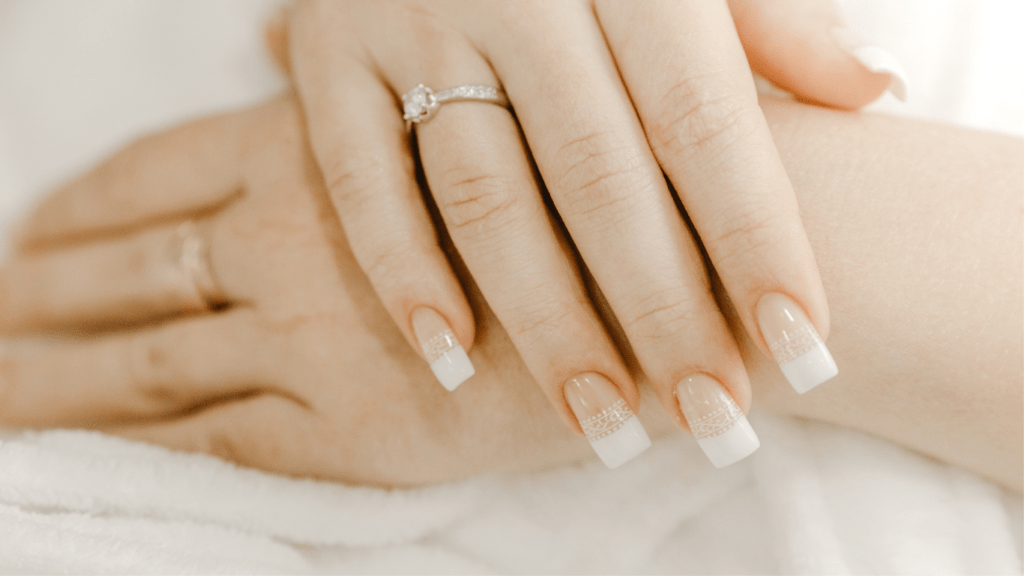Prepping Your Nails
Prepping your nails is crucial for a long-lasting manicure. Thorough preparation helps the polish adhere better, reducing the risk of chipping.
Proper Nail Cleaning
Start by removing any old polish with a non-acetone remover. An acetone-based remover can dry out your nails and cuticles. After removing the polish, wash your hands with soap and water to eliminate any leftover remover. Dry your nails thoroughly, as moisture can prevent the polish from sticking.
Cuticle Care
Push back your cuticles gently with a cuticle pusher. Avoid cutting them since this can lead to infections. Apply a cuticle remover cream if needed to soften any tough spots. Hydrate your cuticles with oil to keep them soft and push back easily.
Nail Buffing
Lightly buff your nails with a fine-grit buffer. Buffing smooths out the nail surface, allowing the polish to apply evenly. Use gentle motions to avoid thinning your nails. After buffing, wipe off the nail dust with a clean, dry cloth.
Choosing the Right Products
Selecting the right products is crucial when aiming to extend the life of your manicure.
Quality Nail Polish
Opt for high-quality nail polish brands to ensure longevity. Brands like OPI, Essie, and Sally Hansen offer formulas that resist chipping. Cheap polishes often lack durability and can chip easily within days.
Base and Top Coats
A strong base coat enhances the adhesion of nail polish. Look for base coats containing ingredients like:
- keratin
- biotin
Top coats protect the polish and add shine. Consider quick-dry top coats for convenience.
Cuticle Oils and Moisturizers
Healthy cuticles prevent polish from lifting. Use cuticle oils containing vitamin E or jojoba oil. Apply moisturizers daily to keep nails and cuticles hydrated.
Application Techniques

Proper application techniques can make a significant difference in how long a manicure lasts.
Thin Coats
Applying thin coats ensures that the polish dries evenly and adheres better to the nail. Thick coats take longer to dry and are prone to smudging and peeling. I recommend applying two to three thin layers of polish, allowing each layer to dry fully before adding the next. This method prevents bubbles and streaks, resulting in a smoother finish.
Capping the Edges
Capping the edges of the nails involves running the brush along the tip of the nail after painting the surface. This technique locks in the color, reduces the likelihood of chipping, and ensures the polish adheres well. I find that sealing the free edge of the nail with each coat, including the base and top coat, greatly extends the manicure’s life.
Drying Methods
Drying methods play a crucial role in the durability of a manicure. Air drying your nails allows each layer to set properly, while quick-dry sprays or drops can expedite the process without compromising durability. If you’re in a hurry, dip your nails into a bowl of cold water for a few minutes to speed up the drying process. Avoid using fans or blowing on your nails, as this can cause bubbles and smudges.
Post-Manicure Care
Implementing a sturdy post-manicure regimen prolongs your manicure’s life. The following practices help maintain polish and prevent premature chipping.
Avoiding Chores
Limiting exposure to harsh chemicals or water aids in extending manicure duration. Household tasks like dishwashing and scrubbing can weaken nail polish. Use gentle alternatives when possible or delegate these chores temporarily.
Using Gloves
Protective gear like rubber gloves is essential when handling harsh materials. Wearing gloves while cleaning or gardening creates a barrier that keeps polish intact. Ensure gloves fit well to avoid moisture buildup, which can soften nails.
Regular Touch-ups
Frequent maintenance can significantly extend manicure life. Inspect nails regularly and apply an additional layer of top coat every few days. Address minor chips with swift fixes using a matching nail polish to maintain a fresh appearance.
Maintaining a meticulous post-manicure routine ensures that your nails look polished and in excellent condition for longer periods.
Managing Chips and Cracks
Even with the best preparation and care, manicures can still chip or crack. Addressing these issues quickly helps in maintaining a flawless look longer.
Quick Fixes
For minor chips, using the exact nail polish for touch-ups works best. Carefully dab a small amount on the chipped area, let it dry, then apply a thin top coat to blend. If cracks appear, opt for a nail glue or clear polish to seal them. This prevents the crack from expanding and adds an extra layer of protection. Keep a top coat handy for regular reapplication to strengthen the manicure surface.
Professional Solutions
- In some cases, professional intervention is necessary.
- Many salons offer service options like gel overlays, which provide stronger resistance against chips and cracks.
- Another option involves nail repair kits that professionals use, containing silk wraps or fiberglass to seal and fortify the nail surface.
- These solutions ensure the manicure remains intact and offers a durable finish.
- Additionally, scheduling regular maintenance visits to your salon helps in proactively addressing minor issues before they escalate.



 Bonnie Brown is an expert in holistic wellness with over a decade of experience in natural health and skincare. She has dedicated her career to helping individuals achieve radiant health through plant-based solutions and mindful self-care practices. Bonnie is passionate about blending ancient traditions with modern wellness techniques, making her insights a valuable resource for anyone on a journey to healthier skin and overall well-being.
Bonnie Brown is an expert in holistic wellness with over a decade of experience in natural health and skincare. She has dedicated her career to helping individuals achieve radiant health through plant-based solutions and mindful self-care practices. Bonnie is passionate about blending ancient traditions with modern wellness techniques, making her insights a valuable resource for anyone on a journey to healthier skin and overall well-being.
